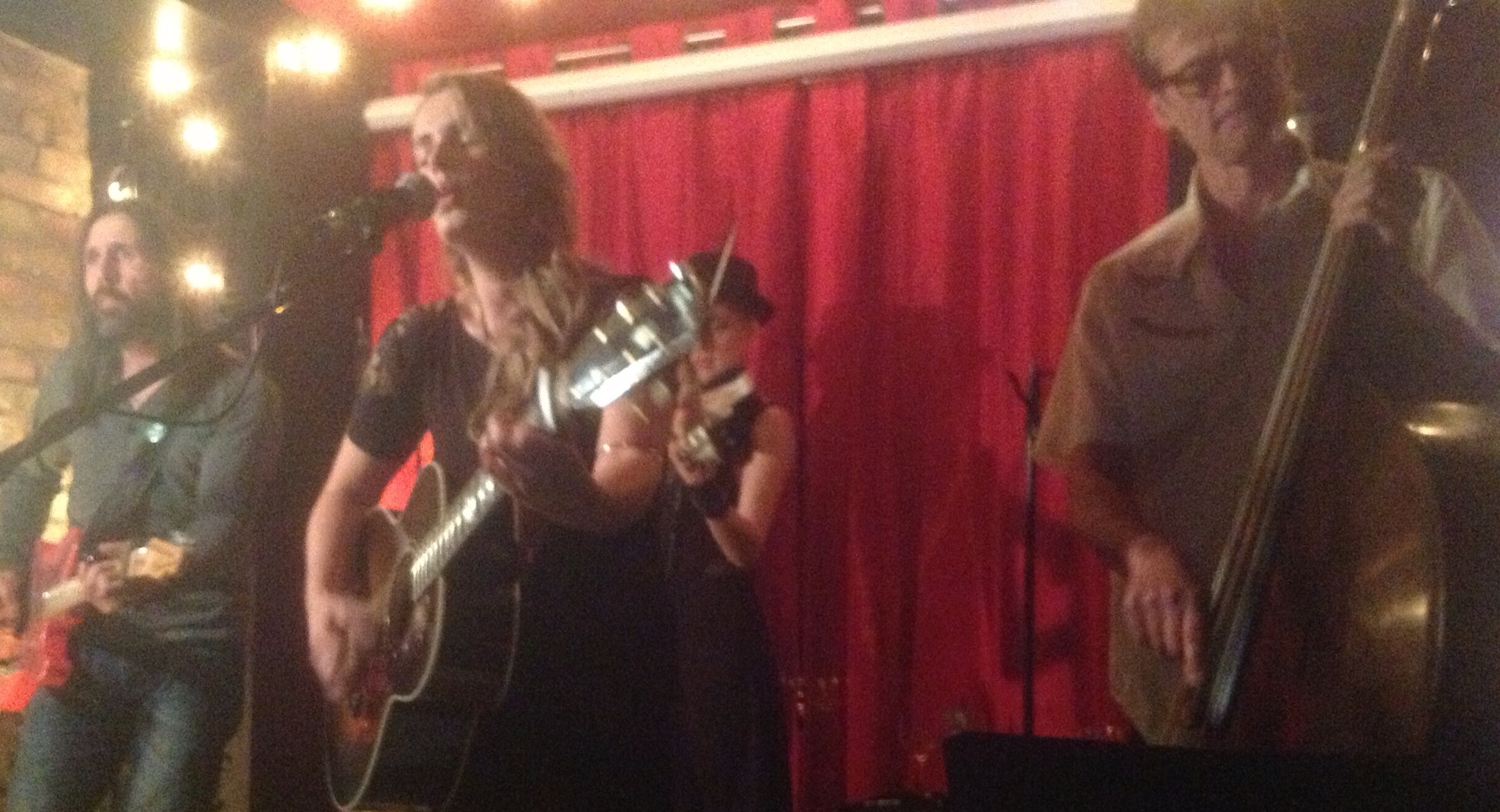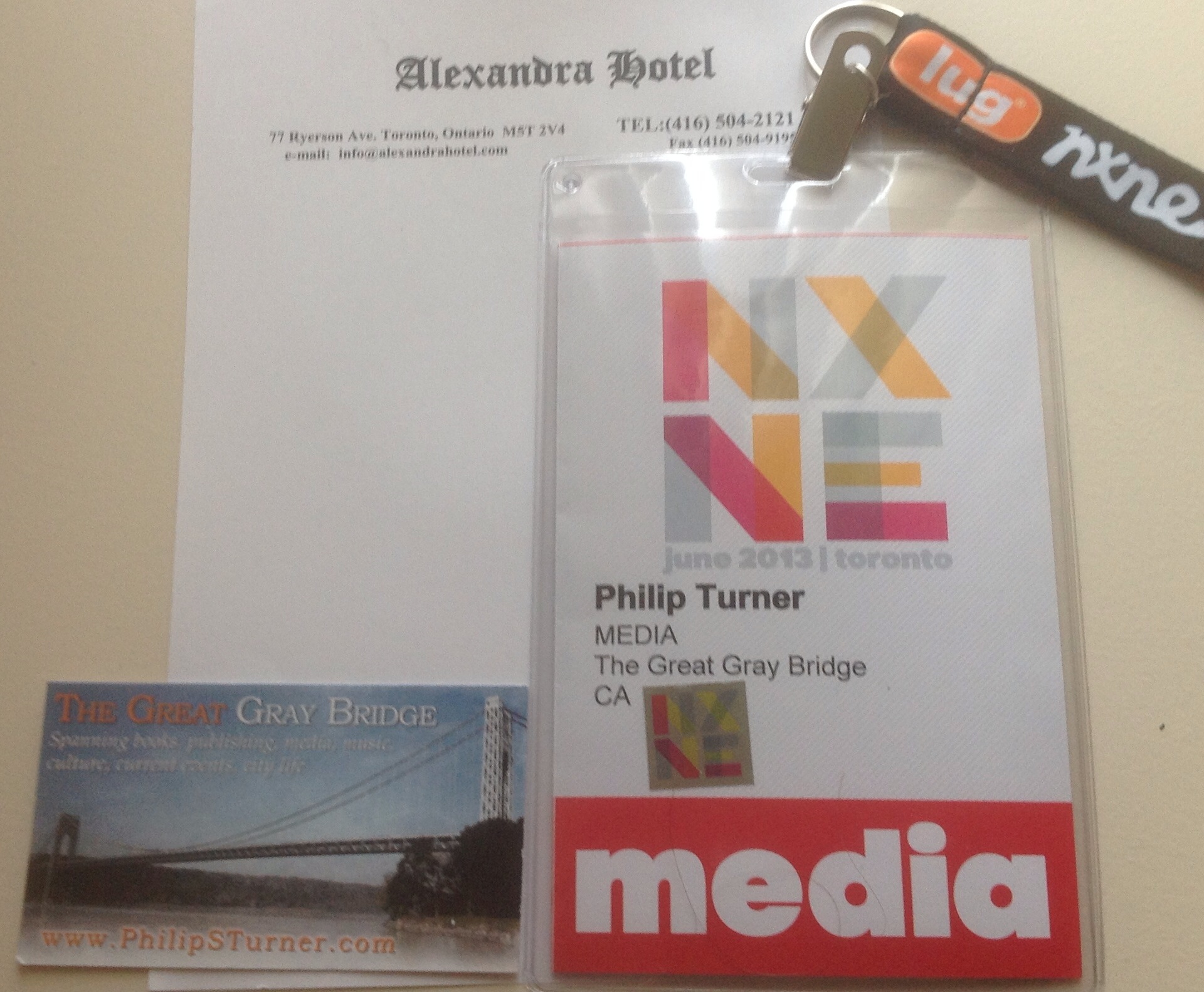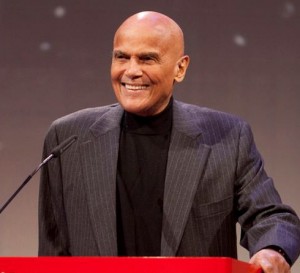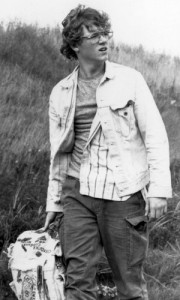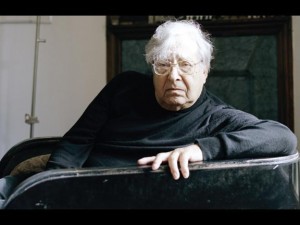Day I of NXNE: A Musical Banquet
I heard terrific music last night at some excellent Toronto venues. All the artists I heard were new to me. Here's a rundown:
Right on time at 8 PM at the club Central, I sat at a front table and listened to Marta Pacek, an Aussie-born, Toronto-dwelling singer songwriter who led a terrific 4-piece band. Her accent was evident in her between-song banter, but not in her strong singing voice. After their set, I enjoyed meeting Pacek and her friend, writer Neil Murchison, who gave me a download card so I can later hear more of Pacek's music. Here's a pic I took during the show.
Next up was a lively outfit with a rather dolorous name, The Maladies of Adam Stokes. They played a 9 PM set at the Legendary Horseshoe Tavern, the only club I know of that manages to squeeze an adjective like that in to its name! The venue has earned it, though, as they recently marked their 50th anniversary of presenting great live music. I'm sure I'll be back at the 'Shoe' several times this week. Here's a shot of their lead singer and keyboard player.
Next, I took a Toronto street car then walked to reach a club called The Boat, near Kensington Market, where young punk band The Mouthbreathers were playing a 9:45 set. This 4-piece–two women guitarists & a two-man rhythm section on bass and drums–had all the energy associated with 80s punk–playing brief songs fast, loud, and hard. It was the lead singer's 23rd birthday, pictured below on the right. I stood on a riser near the merch table to get this shot, raising myself a bit above the boisterous crowd who stuck with the band all the way.
From The Boat I walked with friend Amit Saha–known as @XCanuck on the CBC Radio 3 blog–to a club on Queen Street West called Czehoski. We wanted to check out The Almight Rhombus, from Sudbury, Ontario, who were playing at 11 PM. They turned out to be one of the highlights of my evening. This 5-piece, which includes 3 brothers, played hooky songs with great energy on the club's very narrow stage. The joy they took in playing their own material was infectious. I met one of the brothers after the show and introduced myself as the writer of this blog. He gave me a copy of their self-titled five song CD.
I left Amit at the Czehoski bar where he was watching the first overtime of Game 1 in the Stanley Cup finals, for what turned out to be a triple overtime game. I walked down Queen Street to one of my most favorite venues, the Cameron House. I barely bothered to check who was even playing, because they always have good bands. The Cameron's front room usually features country and acoustic-oriented acts, while the back room has fuller bands. In the back room, I discovered the excellent Julian Taylor Band, fronted by the extravagantly dreadlocked and handsomely suited Taylor, who played funk and soul-inflected pop with a reggae touch. His keyboard player, shown below on the left, was terrific, too. They ended their set with a crowd-pleasing cover of I Shot the Sheriff.
I moved on to the front room where a 5-piece country outfit called Dear Sister were showing post-midnight revelers a great time. Fronted by two talented women (not sisters, I learned), and featuring an excellent lead guitarist who didn't fit on the tiny stage, they played original material and got many in the crowd dancing and making graceful moves to their sweet harmonies.
With that, I walked back to my hotel room happy and satisfied with all the great music I heard on just my first day at NXNE. Below is a shot of my NXNE badge that's getting me in to so many great shows. Can't wait for what's to come today and tonight.

